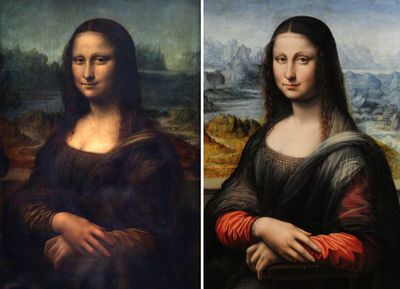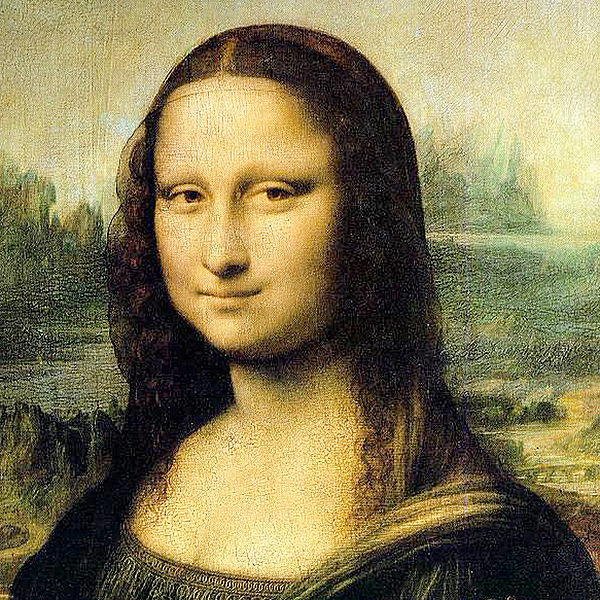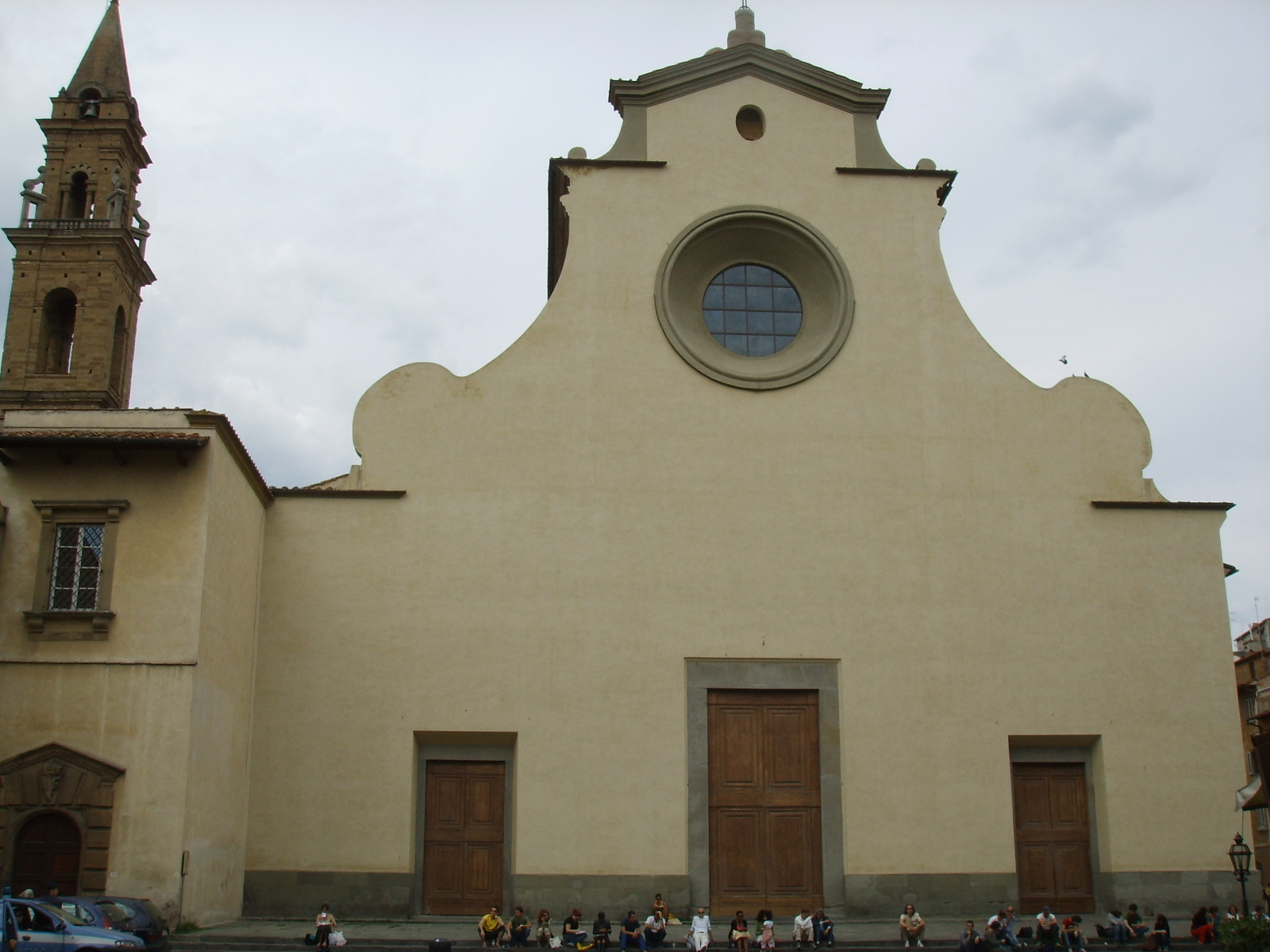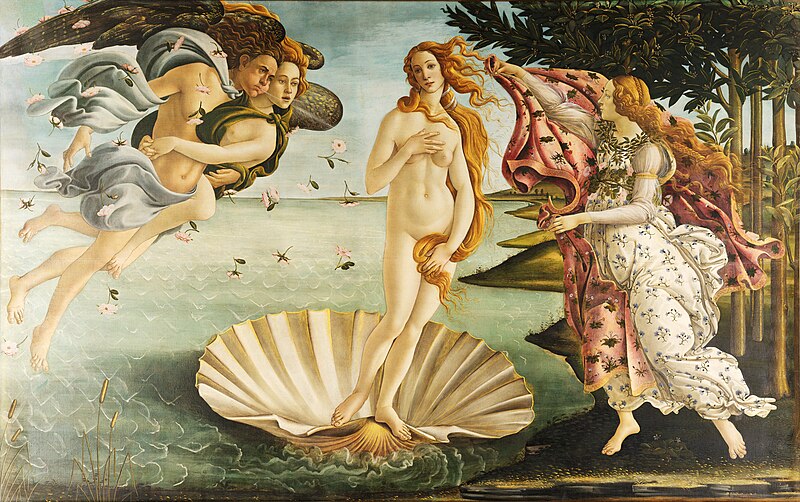Hello everybody!
Today in class of Social Sciences we have done several things. First, Paqui said
all the things that Bea has to correct in her journal
. After that, Paqui has corrected the homerwork, that was a summary of 17th century. This summary is divided into different parts:
The first part of the summary has been corrected by Dani Carmona.:
- Demography: Population grew very slowly caused be epidemics(bubonic plague) and strong famines related to bad harvests. Only in the places where new agricultural techniques were new agricultural techniques were introduced, the population grew.
The second part of the summary has been corrected by Santy:
- Society: It continued to be divided into privileged and underprivileged, but the differences inside the underprivileged estate grew.
source: http://jaimecast.blogspot.com.es/2011/09/el-antiguo-regimen.html
Privileged states: clergy and nobles
under privileged third state: workers, peasant, baurgeoise
The baurgeoise became powerful, rich.. They were critical to the privileges and unhappy with their situation
The third part of the summary has been corrected Andrea and Carlos Rodriguez:
- Economy: Agriculture continued to be the main economic activity. The most important changes took place in production and trade:
- Production: Production was limited by the guilds, which controlled the work in workshops Some merchants had the idea of escaping the control of guilds by producing in the countryside. They provided the peasant with tools and raw materials and they also concentrated workers and tools in big workshop called manufactures
.
. In some countries (France) the State create royal maufactures, where products for the royal palaces were produced
source:
http://mariaantoniajosephinajohanna.blogspot.com.es/2012/07/gluck-et-marie-antoinette.html
- Trade: International trade grew by the Portuguese and the Castilians in the 16th century.
Paqui has show the colonial empires, America in the 17th century and Galleon ( heavier ships and whith more cargo capacity) in the proyector
And after the trade routes in the indian ocean in the 17th century:
In 17th century a new trade route appeared: the triangular trade, which linked Europe Afirca and America.
source:
http://abolition.e2bn.org/slavery_43.html
The mediterranean Sea lost importance and the Atlantic ports grew.
The English, the French and the Dutch broke the Iberian monopoly of colinial trade. Trade companies of their States. Trading companies dedicated to trade, whose shareholdes invested money in a commercial business and received benefits in proportion to their investment. Trading companies got the protection of the States they belonged to.
At the end of the class, Paqui for homework said that we copy in the power point "the trading company" and we explain with own words the triangular trade.
Today we learn a lot of vocabulary:
keyboard: teclado
farmine: hambruna
bad harvet: mala cosecha
bourgeaise: burguesía
wealth: riquez
health: salud
healthy: sano
weak: débil
manufactory: manufactura
guilds: gremios
merchant: comerciante
crockery: vajilla
porcelain:porcelana
raw: crudo
raw materials: materias primas
glassware;cristalería
caravel: carabela
galleon: galeón
to seize: apoderarse de, ocuparse
trading companies: compañías comerciales
shareholder: accionista
share: acción
go bankrupt: arruinarse
And the bell has rung, and we have gone to the next class!
See you soon! :)
















.jpg)






 Source:
Source:  Source:
Source:  Source:
Source: Source:
Source: Source:
Source:  Source:
Source:














